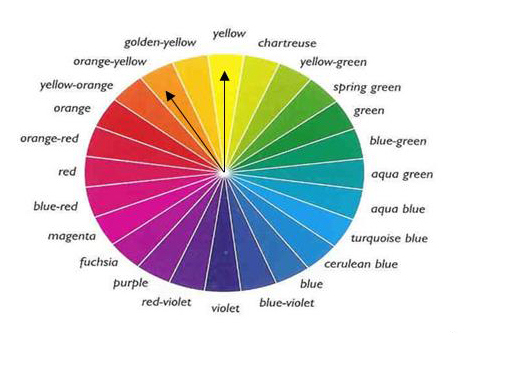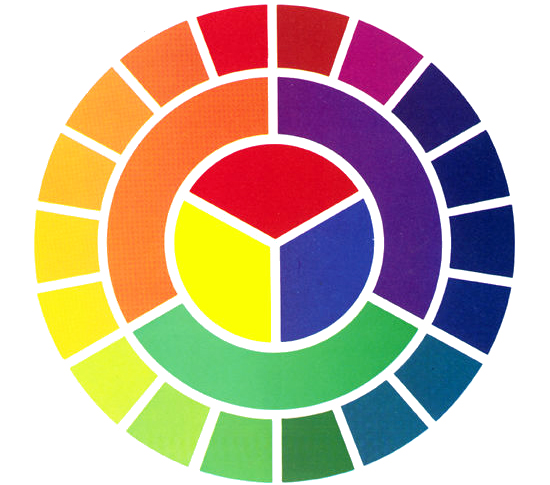

How to Choose Colour Combinations for Clothes
The colour wheel is the answer and knowing its basics is not only for artists. It really is for everyone, and once you get to know it, it is not so difficult either. It is not a tool reserved for stylists and designers, but for you to use as well.
 Primary, secondary and tertiary coloursBefore we begin, you must know there are many theories in colour and black and white are considered a colour or not a colour according to the theory you are reading. So leave them out of the whole thing and know that in fashion these are considered more like
Primary, secondary and tertiary coloursBefore we begin, you must know there are many theories in colour and black and white are considered a colour or not a colour according to the theory you are reading. So leave them out of the whole thing and know that in fashion these are considered more like
Blue, red and yellow are the primary colours that cannot be made by mixing any other colours. When you mix either two of them you get a new colour called the secondary colour. For example, orange is made by mixing yellow and red in equal parts.
Now, when you mix a secondary and a primary colour, you start getting different hues according to the amount you mix in. So one, yellow-orange can be brighter by having more yellow in it and the other could be darker by having more orange in it. That said and understood let’s move on to the basic rules that you can use to mix these colours together in your outfit.
Rules of mixing coloursThese are some rules that guide and tell you as to which colours will look good together.
Analogous Colours: On the principle of wearing colours from the same family, analogous colours are in the groups of three, choose any hue and the colour on its right and left together make analogous colours. It is a harmonious combination and is pretty simple to get right.
THIS Website claims no credit for any images posted in this post unless otherwise noted. Images on in this post are copyright to its respectful owners. If there is an image appearing on this post that belongs to you and you do not wish for it appear on this site, please E-mail with a link to said image and it will be promptly removed.









No comments:
Post a Comment